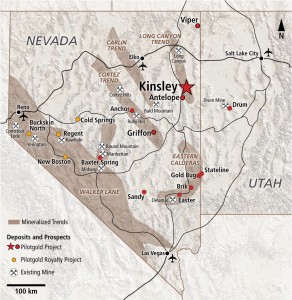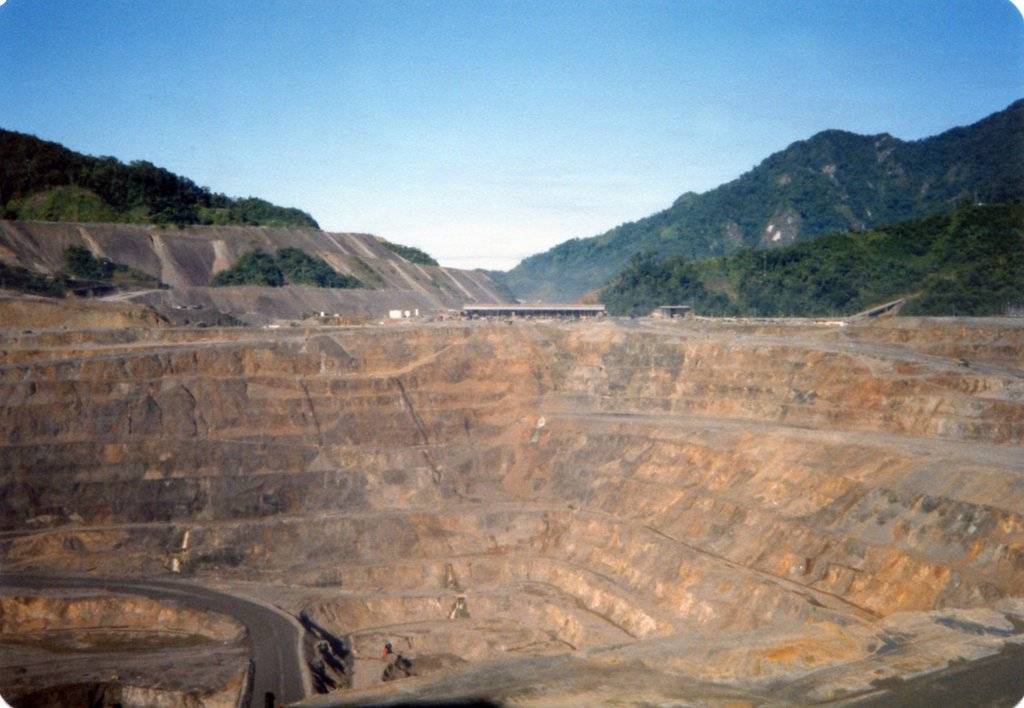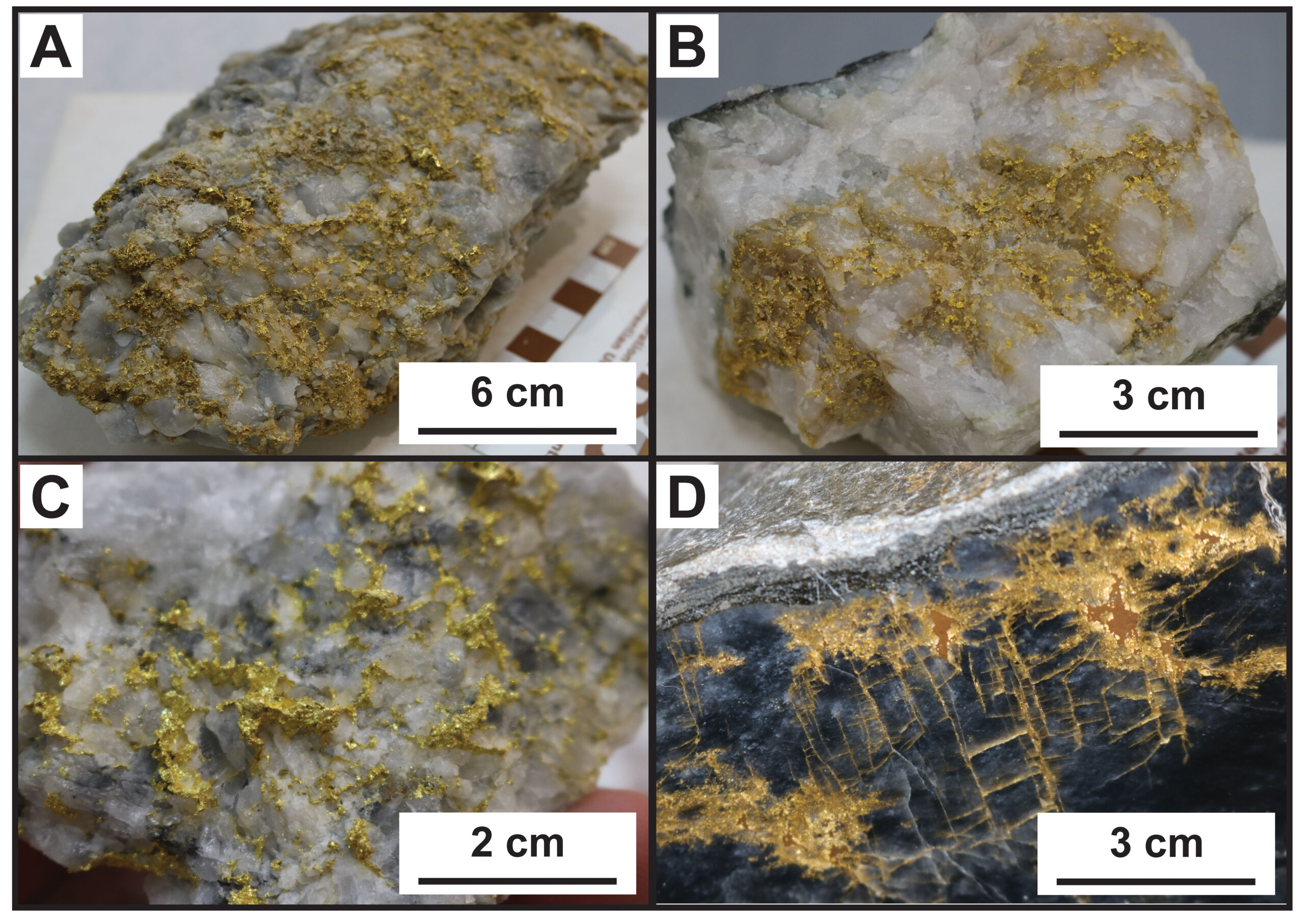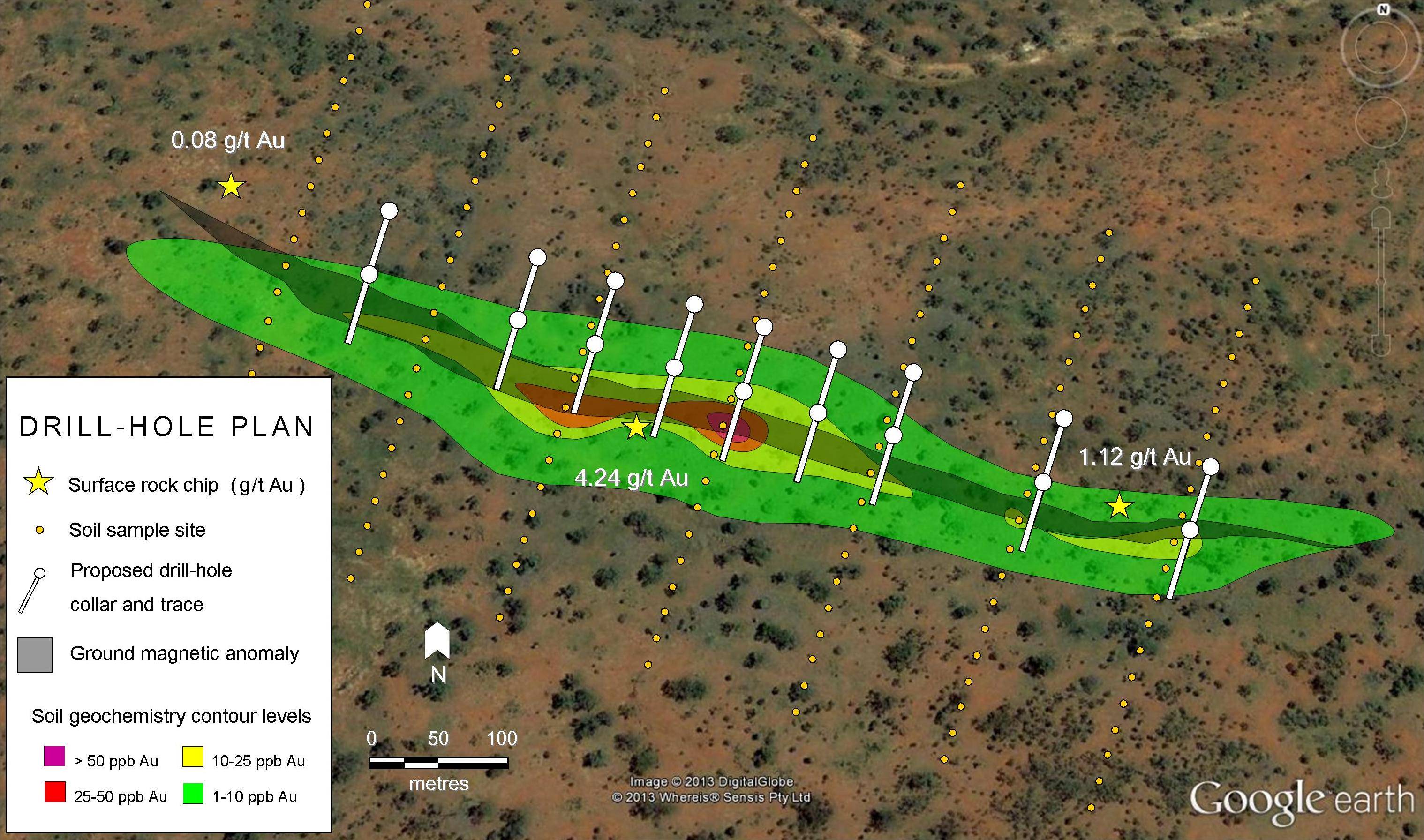[box type=”info” align=”aligncenter” ]Disclaimer: This is an editorial review of a public press release and not an endorsement. It may include opinions or points of view that may not be shared by the companies mentioned in the release. The editorial comments are highlighted so as to be easily separated from the release text and portions of the release not affecting this review may be deleted. [/box]
VANCOUVER, BRITISH COLUMBIA–(Marketwired – Feb. 27, 2014) – Pilot Gold Inc. (TSX:PLG) (“Pilot Gold” or the “Company”) is pleased to announce that new drilling to follow up the recent high-grade discovery at Kinsley Mountain’s Western Flank target has intersected additional high grade gold mineralization, including 6.85 grams per tonne gold (“g/t Au”) over 41.7 metres in PK127C. Holes PK127C and PK126C are step-outs located approximately 30 metres east and 30 metres west, respectively, of PK91CA, which returned 8.53 g/t Au over 36.6 metres (see press release dated November 18, 2013).
Highlights from the 2014 drill program’s first two holes include:
- 6.85 g/t Au over 41.7 metres in PK127C, including
- 16.3 g/t Au over 8.5 metres (oxide), and
- 20.5 g/t Au over 3.6 metres (oxide)
- 1.70 g/t Au over 13.7 metres in PK126C, including
- 7.10 g/t Au over 1.5 metres
[box type=”note” align=”aligncenter” ]
The last time we talked about Pilot Gold it was in reference to their TV Tower gold project in Turkey. The Kinsley Project is located in Nevada and includes the the former gold mine operated by Alto Gold during the 1990’s. We have included a location map below.
[/box]

These assay results better define the size and shape of the high grade zone at the Western Flank target. Intercepts in both holes are located at the approximate elevation of PK91CA, suggesting that the high-grade zone is nearly flat lying in an east-west orientation. The bottom portion of the PK127C intercept is in highly oxidized rock that returned strong gold recoveries in cyanide soluble assays. The high grade zone is located in a previously unrecognized stratigraphic horizon below the limit of prior drilling. Assay results from four additional holes, drilled 25-50 metres to the north and south of PK91CA and PK127C, are pending.
“Recent results confirm that the newly discovered zone of high-grade mineralization is open in all directions,” stated Matt Lennox-King, President and CEO, Pilot Gold. “Prospective stratigraphy and structure occurs over 1.7 kilometres in the Western Flank and also includes areas under and to the south of the historic Kinsley Mine. As a result, the scale of potential has increased markedly at Kinsley Mountain.”
Gold at the Western Flank is hosted in multiple units. The upper stratigraphic unit (Candland Shale) rises to the surface 500 metres to the south at the newly identified Right Spot target. Mapping and rock sampling at the Right Spot identified a 250-metre north-northeast zone of surface jasperoids returning 1-5 g/t gold in grab samples. Stratigraphic gold host units lying below the Candland Shale appear to surface an additional 500 metres to the south of the Right Spot target, where gold-bearing jasperoids are also present. Initial drill results from the Right Spot target are pending.
[box type=”note” align=”aligncenter” ]
If you’ve followed any of the gold companies operating in Nevada, you’re probably familiar with the “Carlin-type” deposits typical of the area: Low grade, high tonnage gold deposits consisting of micron-scale (invisible) gold particles hosted in sedimentary carbonate (e.g. limestone) rocks. While this classic Carlin-type description certainly applies, the nature of gold mineralization in the region is more complex and varied. Folding and thrust faulting of the sedimentary rocks in the region due to larger scale tectonic processes created numerous fluids channels and planes of weakness for the subsequent hydrothermal activity that led to gold deposition. The style and intensity of gold deposition depends largely on nature of this fluid movement and of the host-rock.
Confused yet? Take a look at the cross-section provided by Pilot Gold below. You’ll notice that the layers of sedimentary rock have been tilted so the the target beds – those with the highest gold content – have been exposed at the surface. The beds have also been folded in several places and “squeezed”. The dashed lines on the map represent faults. Faults indicate a displacement of the rock units and also offer clues as to the nature of gold-bearing fluid movement though the rock.
So back to Pilot’s news. They refer to gold-bearing jasperoids, stratigraphic-hosted gold, and gold associated with “fault collapse breccias”. Jasperoids are a silica-rich rock associated with hydrothermal activity. Stratigraphic-hosted gold is essentially gold hosted in a specific sedimentary bed. A breccia is a rock that consists of broken up fragments of rock. A collapse breccia is formed when fluids dissolve rock and lead to an unstable collapse of the surrounding rock. In this case the fault was a channel for these fluids and appears to be the main structural control related to higher grade gold mineralization. Looking at the cross-section below it would seem that gold in the lower interval is clearly associated with the fault. The upper bed values are also associated with the vertical fault but appear to be more widespread, perhaps due to a more receptive host rock. That the gold values continue at the surface indicates some sort of stratform continuity as well. Over time, and as more results come in, a clear picture of the project will develop.
[/box]

The Western Flank target is located 550 metres northwest of the past-producing pits at Kinsley. It comprises north-northeast-plunging zones of mineralization hosted in three or more receptive stratigraphic horizons intersected by one or more steep breccia zones that may have served as conduits and porous hosts for gold mineralization. In addition to mineralization in stratigraphic units exploited in the previous mining operation, Pilot Gold drilling has revealed that high-grade gold occurs within a lower limestone unit that was neither identified nor tested by previous operators.
ABOUT KINSLEY MOUNTAIN
Kinsley Mountain hosts near-surface mineralization similar to other Carlin-style, sediment-hosted gold systems along a 2.2 kilometre, SE-NW strike extent. The property consists of 380 claims and 7,650 acres (3,095 hectares) on U.S. Bureau of Land Management land and hosts a past-producing mine with an extensive exploration database and numerous, untested gold targets. Gold mineralization is primarily oxidized and occurs in strataform zones and fault collapse breccias within a sequence of Cambrian-Ordovician shelf carbonates. At depth, Pilot Gold has also drilled high-grade transitional and sulfide mineralization.
[box type=”note” align=”aligncenter” ]
Gold associated with oxides (“oxidized mineralization”) is much easier and cheaper to extract than gold associated within sulfide minerals. The oxidation (i.e. rusting) of the sulfides from the infiltration of surface water occurs nearer to the surface and releases the small gold particles from the sulfide minerals. The company is reporting sulfides at depth since those have not been effected by near-surface oxidation processes.
[/box]
Kinsley Mountain is an early-stage exploration project and does not contain any mineral resource estimates as defined by National Instrument 43-101 Standards of Disclosure for Mineral Projects (“NI 43-101″). The potential quantities and grades disclosed herein are conceptual in nature and there has been insufficient exploration to define a mineral resource for the targets disclosed herein. It is uncertain if further exploration will result in these targets being delineated as a mineral resource.
[box type=”note” align=”aligncenter” ]
This is a standard disclaimer for early exploration stage projects. Mining companies publicly listed on Canadian exchanges (and most are) must comply with the NI 43-101 Reporting Standard when filing reports on a property or project including the reporting of resources and reserves.
[/box]
Intor Resources Corporation, a subsidiary of Nevada Sunrise Gold Corporation, is the Company’s joint venture partner at Kinsley. Pilot Gold holds a 78% interest in Kinsley.
Moira Smith, Ph.D., P.Geo., Chief Geologist, Pilot Gold, is the Company’s designated Qualified Person for this news release within the meaning of NI 43-101 and has reviewed and validated that the information contained in the release is accurate. Drill composites were calculated using a cut-off of 0.20 g/t. Drill intersections are reported as drilled thicknesses. True widths of the mineralized intervals are interpreted to be between 30-100% of the reported lengths. Drill samples were assayed by ALS Chemex (ISO9001:2000) in Reno, Nevada for gold by Fire Assay of a 30 gram (1 assay ton) charge with an AA finish, or if over 5.0 g/t were re-assayed and completed with a gravimetric finish. For these samples, the gravimetric data were utilized in calculating gold intersections. For any samples assaying over 0.200 ppm an addition cyanide leach analysis is done where the sample is treated with a 0.25% NACN solution and rolled for an hour. An aliquot of the final leach solution is then centrifuged and analyzed by AAS. QA/QC for all drill samples consists of the insertion and continual monitoring of numerous standards and blanks into the sample stream, and the collection of duplicate samples at random intervals within each batch. Selected holes are also analyzed for a 51 multi-element geochemical suite by ICP-MS.
[box type=”note” align=”aligncenter” ]
As usual, we draw attention to the company statement regarding quality control procedures for geochemical data. Also note the statement regarding true thicknesses and drilled thicknesses.
[/box]
Further information is available in the technical report entitled “Technical Report on the Kinsley Project, Elko County, Nevada, U.S.A.”, effective February 15, 2012 and dated March 26, 2012, prepared by Michael M. Gustin, CPG of Mine Development Associates and Moira Smith, Ph.D., P.Geo. and Kent Samuelson of Pilot Gold Inc., under Pilot Gold’s Issuer Profile on SEDAR (www.sedar.com).
ABOUT PILOT GOLD
Pilot Gold is a well-funded gold exploration company led by a proven technical team that continues to discover and define high-quality projects featuring strong grades, meaningful size and mining-friendly addresses. Our three key assets include interests in the TV Tower and Halilaga projects in Turkey, and the Kinsley project in Nevada, each of which has the ability to become a foundational asset. We also have a pipeline of projects characterized by large land positions and district-wide potential that can meet our growth needs for years to come.
[box type=”success” align=”aligncenter” ]Have a company or release you’d like us to look at? Let us know though our contact page, through Google+, Twitter or Facebook.[/box]






